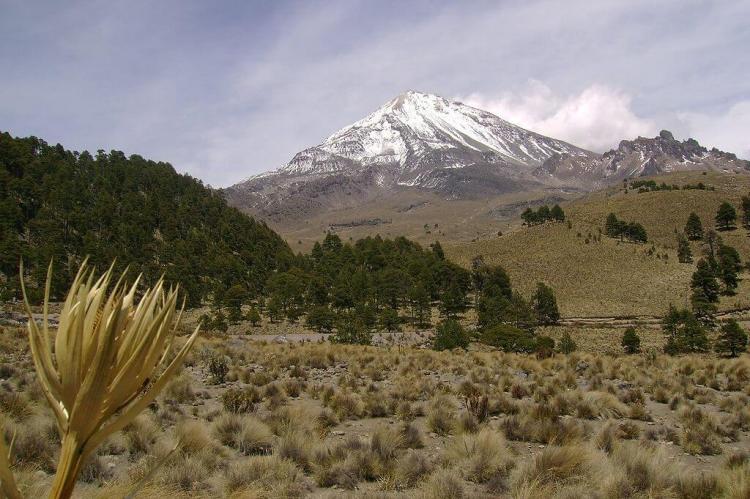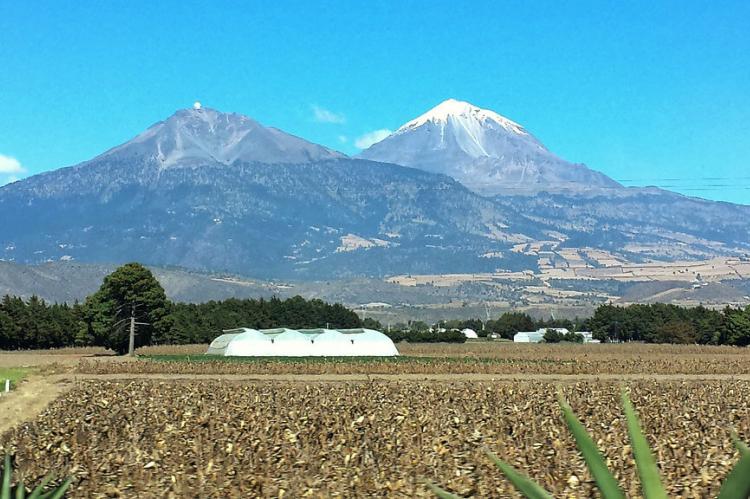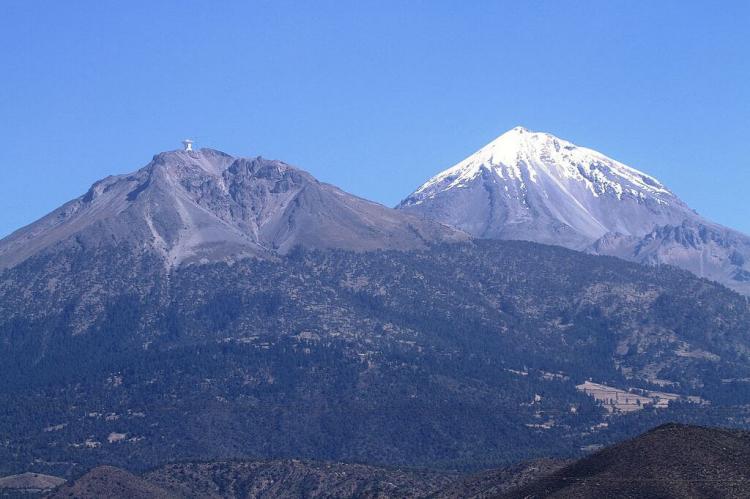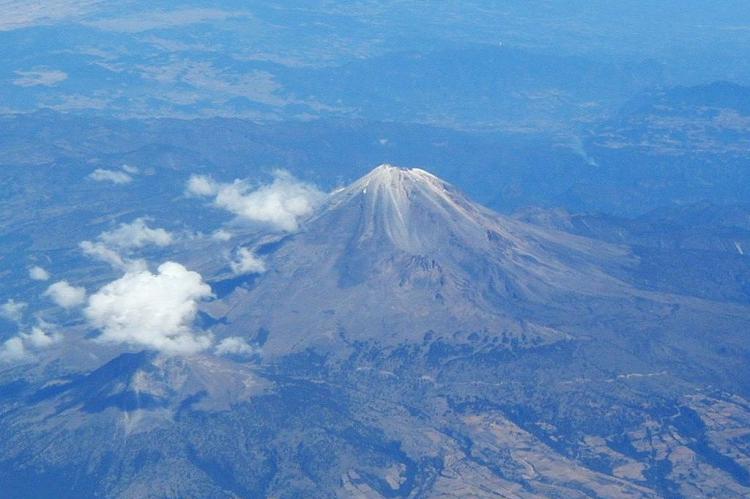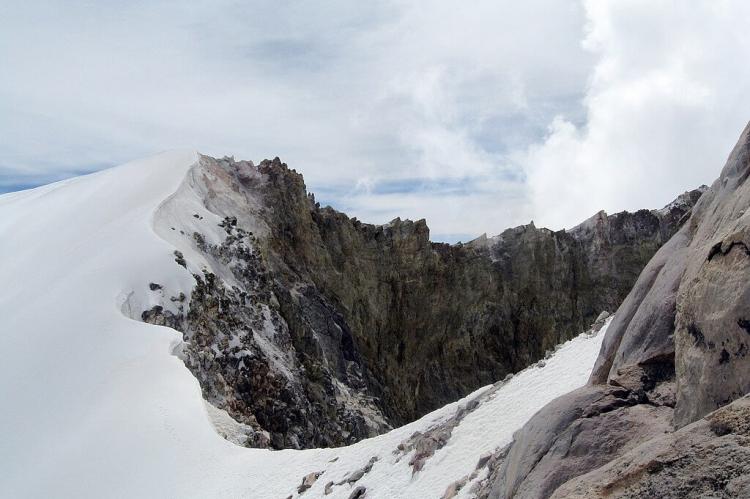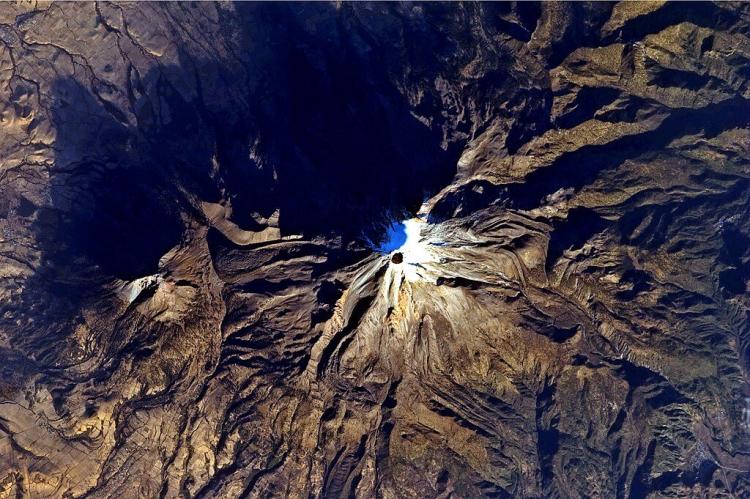Pico de Orizaba: Mexico's Towering Natural Landmark
Pico de Orizaba, or Citlaltépetl, is the highest peak in Mexico and the tallest volcano in North America. Situated on the border of Veracruz and Puebla, the inactive stratovolcano is a defining feature of the Mexican landscape due to its significance within the Trans-Mexican Volcanic Belt.
Pico de Orizaba: Mexico's Highest Peak and its Ecological Significance
Pico de Orizaba, or Citlaltépetl, is the highest peak in Mexico and the tallest volcano in North America. Situated on the border of the Mexican states of Veracruz and Puebla, the inactive stratovolcano rises to an imposing height of 5,675 meters (18,620 feet) above sea level. Its prominence within the Trans-Mexican Volcanic Belt and its rich history in geological and cultural contexts make it a defining feature of the Mexican landscape. Despite its last eruption occurring in 1846, Pico de Orizaba continues to shape the environment and culture of the region, influencing climate patterns and supplying vital freshwater resources. Its glaciers, towering presence, and role in indigenous mythologies further highlight the volcano's significance.
Geographic Significance
Pico de Orizaba is located on the southern edge of the Mexican Plateau, about 100 kilometers (60 miles) east of Puebla. The volcano forms part of the eastern end of the Trans-Mexican Volcanic Belt, which extends across central Mexico. Acting as a natural barrier between the coastal plains of the Gulf of Mexico and the interior Mexican Plateau, Pico de Orizaba profoundly impacts regional climate patterns by blocking moisture from the Gulf. As a result, the states of Veracruz and Puebla rely heavily on the volcano's runoff for their freshwater needs, particularly from rivers like the Jamapa, which originates from the mountain.
Geological Features and Volcanic History
Pico de Orizaba is a classic stratovolcano characterized by its symmetrical cone shape and layers of hardened lava, ash, and volcanic rocks. The volcano has been dormant since its last recorded eruption in 1846. Despite its inactivity, it is not classified as extinct, and geologists continue to study the volcano for potential future activity. Pico de Orizaba's height and prominence make it a key regional geological feature. It is the third-highest mountain in North America, surpassed only by Denali in Alaska and Mount Logan in Canada. The volcano's imposing presence and formation as part of the Sierra Madre Oriental mountain range illustrate its geological importance.
Historical Exploration
The first European to explore Pico de Orizaba was Henri Galeotti in 1839, although he did not summit the mountain. The honor of being the first recorded hikers to reach the summit goes to two American soldiers during the U.S. occupation of Mexico in 1848. These early explorations marked the beginning of the mountain's appeal to adventurers, geologists, and mountaineers. Today, Pico de Orizaba continues to attract climbers worldwide, drawn by its status as the highest peak in Mexico and the opportunity to traverse its glaciers and volcanic slopes.
The Glaciers of Pico de Orizaba
Pico de Orizaba is home to the largest glacier in Mexico, the Gran Glaciar Norte, located on the volcano's northern side. This glacier, along with Glaciar Oriental, forms part of a network of seven outlet glaciers that descend from the mountain's summit. These glaciers have played a critical role in shaping the landscape and are crucial freshwater sources for the surrounding regions. The main glaciers and their respective outlets include:
- Gran Glaciar Norte
- Lengua del Chichimeco
- Jamapa
- Toro
- Barba
- Noroccidental
- Occidental
- Suroccidental
- Glaciar Oriental
These glaciers provide an important source of meltwater, contributing to local rivers such as the Jamapa and ensuring a steady water flow for the ecosystems and human populations that depend on them.
Cultural and Pre-Hispanic Significance
Pico de Orizaba has long been revered in the indigenous cultures of Mexico. In pre-Hispanic times, the mountain held spiritual significance, featuring prominently in native mythologies. The indigenous Nahuatl name for the volcano, Citlaltépetl, means "Star Mountain," reflecting the sacred view of the volcano as a celestial landmark. Ancient civilizations believed the volcano was home to gods and spirits, and its imposing presence was often associated with divine power and fertility. These cultural traditions continue to influence the local populations who live in its shadow today.
Sierra Negra: The Neighboring Volcano
Southwest of Pico de Orizaba lies Sierra Negra, or Cerro La Negra, an extinct volcano with an elevation of 4,580 meters (15,030 feet) above sea level. Though much smaller than Pico de Orizaba, Sierra Negra is the fifth-highest peak in Mexico and plays a significant role in the region's topography. It is known for hosting the Large Millimeter Telescope, the largest single-dish telescope of its kind, used for astronomical observations.
Pico de Orizaba National Park
In 1936, President Lázaro Cárdenas established Pico de Orizaba National Park to protect the natural beauty of the volcano and its surrounding area. The park covers an area of 19,750 hectares (48,800 acres), including the volcano and nearby settlements such as Tlachichuca, Ciudad Serdán, La Perla, Mariano Escobedo, and Calcahualco. The park preserves the region's ecological diversity and promotes sustainable tourism, allowing visitors to explore the mountain's slopes while ensuring that the environment remains protected.
Ecological Importance and Conservation
Pico de Orizaba's glaciers and their influence on regional water systems make it a vital ecological feature. The surrounding area is rich in biodiversity, home to various species of flora and fauna that have adapted to the high-altitude environment. However, the glaciers are slowly receding due to climate change, posing a risk to the long-term water supply in the region. Conservation efforts, particularly within Pico de Orizaba National Park, aim to mitigate environmental degradation while promoting awareness of the mountain's importance to Mexico's ecological health.
Conclusion
Pico de Orizaba is more than just the highest peak in Mexico—it is a natural landmark with immense geological, cultural, and ecological significance. From its towering presence in the Trans-Mexican Volcanic Belt to its role in pre-Hispanic mythologies, the volcano has shaped the physical and cultural landscape of the region. Its glaciers provide critical water resources, and its national park protects its beauty and environmental importance for future generations. As Mexico's tallest volcano, Pico de Orizaba remains a symbol of the country's natural heritage and a testament to the power and majesty of the Earth's geological processes.
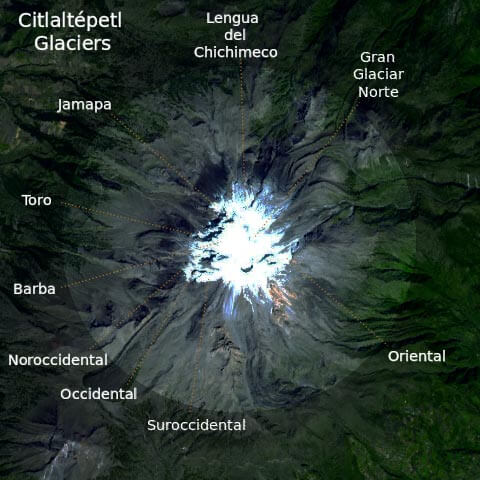
The prominent peaks and glaciers of Pico de Orizaba.
